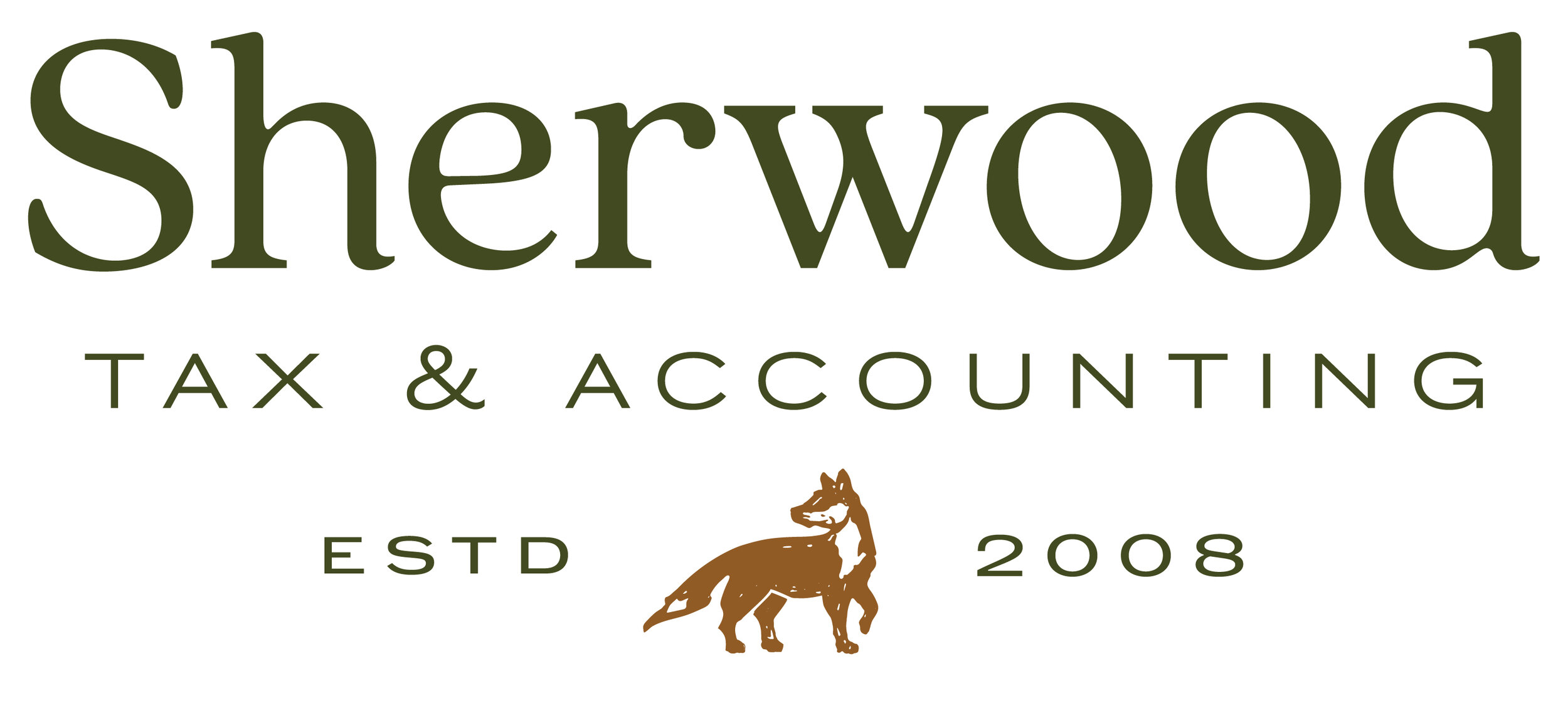How to Win During 1099-Misc Filing Season
When you manage the books for a small business owner, you know that the process of filing the annual 1099-MISC Form is not fun. Gathering and keeping the W-9 forms for each eligible recipient is a task that, if you aren’t helping them keep up with it all year, feels overwhelming on January 15 (when you only have 2 weeks left until the filing due date of January 31).
Who files the 1099 and to whom do you have to issue 1099s?
If you are engaged in a trade or business you must report payments to contractors on Form 1099-MISC. Personal payments are not reportable, which means that you don’t have to send a 1099 to your hairdresser, landscaping company or housecleaner if they are paid with personal funds and are not paid for a business purpose.
Generally, you file a Form 1099-MISC for each person paid at least $600 for services performed, including parts and materials, if they are not your employee. Report these payments in Box 7.
Some payments do not have to be reported on Form 1099-MISC, you are not required to issue a 1099 to all of the following:
Payments to a corporation (including a limited liability company (LLC) that is treated as a C or S corporation). (However, you should document the entity type on a W-9 form)
Payments for merchandise, telephone, freight, storage, and similar items.
Payments of rent to real estate agents or property managers, but if you pay rent directly to an individual or LLC you must issue a 1099 for rent.
Wages paid to employees (report on Form W-2, Wage and Tax Statement).
Business travel allowances paid to employees (may be reportable on Form W-2).
Cost of current life insurance protection (report on Form W-2 or Form 1099-R, Distributions From Retirement Plans, Insurance Contracts, etc.).
Payments made with a credit card or payment card and certain other types of payments, including third-party network transactions. Those will be reported on Form 1099-K by the payment settlement entity.
W-9 Form vs 1099-MISC
The W-9 is the form that your contractor completes to certify their TIN (Taxpayer Identification Number) and the 1099-MISC is the form that the payor issues each January to report the payments as income to the taxpayer. You should collect the W-9 form from your contractors before you pay them!
The contractor uses this form to certify their Taxpayer Identification Number is correct, certify that they are not subject to back-up withholding and that they are a US Citizen and not subject to the Foreign Account Tax Compliance Act (FATCA).
What is backup withholding?
You the payor are required to withhold 24% federal tax from all payments if the contractor did not provide the correct TIN or the IRS notifies you that the TIN does not match their records.
Use technology to make the process easier!
I recommend an e-filing platform that specializes in issuing 1099s called Tax1099.com.
Tax1099.com allows you to collect your vendor’s W-9 forms online and the vendor can update and sign the form electronically. This software also has a TIN matching feature that can easily and quickly identify problems in the information you’ve received from your vendors and helps you avoid the B-Notices and IRS penalties for issuing incorrect 1099’s.
Tax1099.com also integrates with Xero, QBO, Sage Intact, Bill.com and Freshbooks (to name a few) so that if you set up the vendor correctly you can easily issue 1099s in January!
If you plan ahead, January can be stress-free and you will win the 1099 filing season game!
Please note: this blog shares general advice only and we encourage you to check with your own CPA and bookkeeper to make sure you’re doing what’s best and compliant for your business. If you are looking for a bookkeeper or CPA, please reach out to the Sherwood Tax team to be connected with someone you can trust with your business finances.
